Description
$2.50 INDIAN HEAD GOLD COIN (VF)
Native Americans make up a small but notable part of the modern United States’ population. However, depictions of Native Americans on the country’s coinage have, historically, been scarce. One remarkable instance in which such a portrayal has arisen is that of the Indian quarter eagle coin. That numismatic piece was struck over 1908 through 1915, when World War I was influential in pushing this variety of coin out of production. The war ended in 1919, but surplus quarter eagles from the pre-war period delayed the return of production until 1925. The coin’s final year of issue was 1929.
Through all of those production years, the quarter eagle was crafted to show, through an array of recessed details, what resembles the bust of a Native American man on which is an intricate headdress. On U.S. coins, it was typical for a female Liberty’s figure or head to make the obverse. This image of an American Indian was not, however, universally lauded. One particularly forthcoming numismatic critic, Philadelphia’s Samuel Chapman, derided the appearance of this quarter eagle and its similarly-designed half eagle counterpart, complaining that the Indian came across as “emaciated.” In 1908, he made this charge when writing to the country’s then-President.
Dr. William Sturgis Bigelow was a friend of that President, Theodore Roosevelt, and responded to this criticism in a letter of his own. Bigelow, who had helped with the new quarter eagle’s creation, insisted that the head was that of a real-life Indian who actually had excellent health. Shortly before this quarter eagle’s entry into production, Augustus Saint-Gaudens had given the eagle coin a design featuring Liberty’s head sporting an Indian-like headdress. However, in this design, Liberty herself was not made to look Native American by ethnicity.
Before Saint-Gaudens and Pratt got to work on their Indian-inspired designs, the only person to have attempted depicting Indians on circulating U.S. coinage was James Longacre. During the 1850s while he was the United States Mint’s Chief Engraver, he had designed the Indian Head cent and Indian Princess dollar and three-dollar coins. Following Pratt’s effort, James Earle Fraser designed the Buffalo nickel, or Indian Head nickel, which was initially minted during 1913. That name did indeed derive from the disc’s picture of an American Indian in profile.
In 2000, the Sacagawea dollar arrived, showing the Lemhi Shoshone woman Sacagawea. She guided the Lewis and Clark expedition which, from 1804 to 1806, crossed what is today the United States’ western portion. This dollar has stayed in production for many years after its debut in circulation. Still, as a Native American-depicting coin that was most recently in production before Franklin Delano Roosevelt even came to power, the Indian quarter eagle has particular significance due to its age. Its gold content, too, is valuable; it is, in total, 0.12094 troy ounces per coin.
This specific listing for this type of .900 gold coin is VF condition. VF is among the abundant grade codes largely comprising the modern variant of William Herbert Sheldon’s coin assessment scale. Thus, the coin should be expected to show moderate wear on each of its high parts, while the designs will have become compromised in sharpness.
Features of the Common Date $2.50 Indian Gold Quarter Eagle VF
- Copper of .100 fineness in a reed-lined disc
- Virtual absence of original mint luster
- 4.18g weight to a coin of 18mm diameter

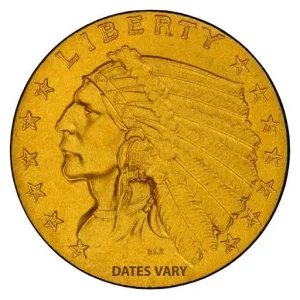
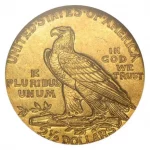


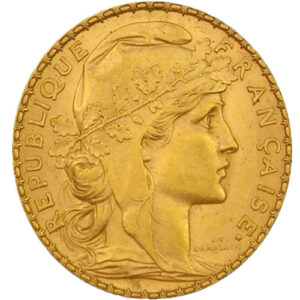

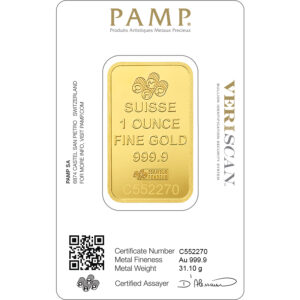


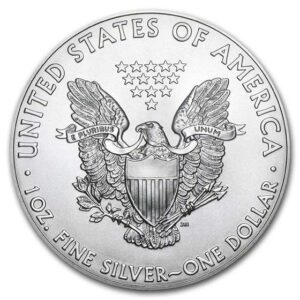



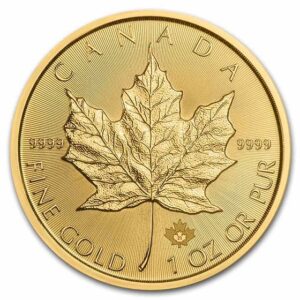



There are no reviews yet.